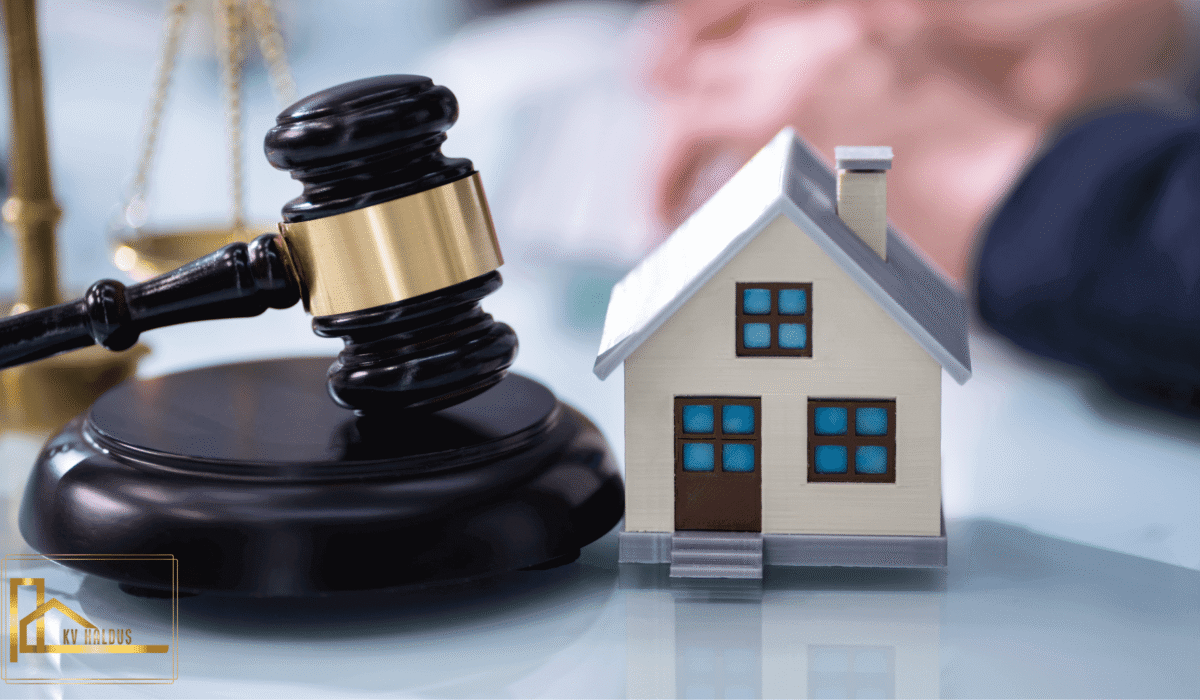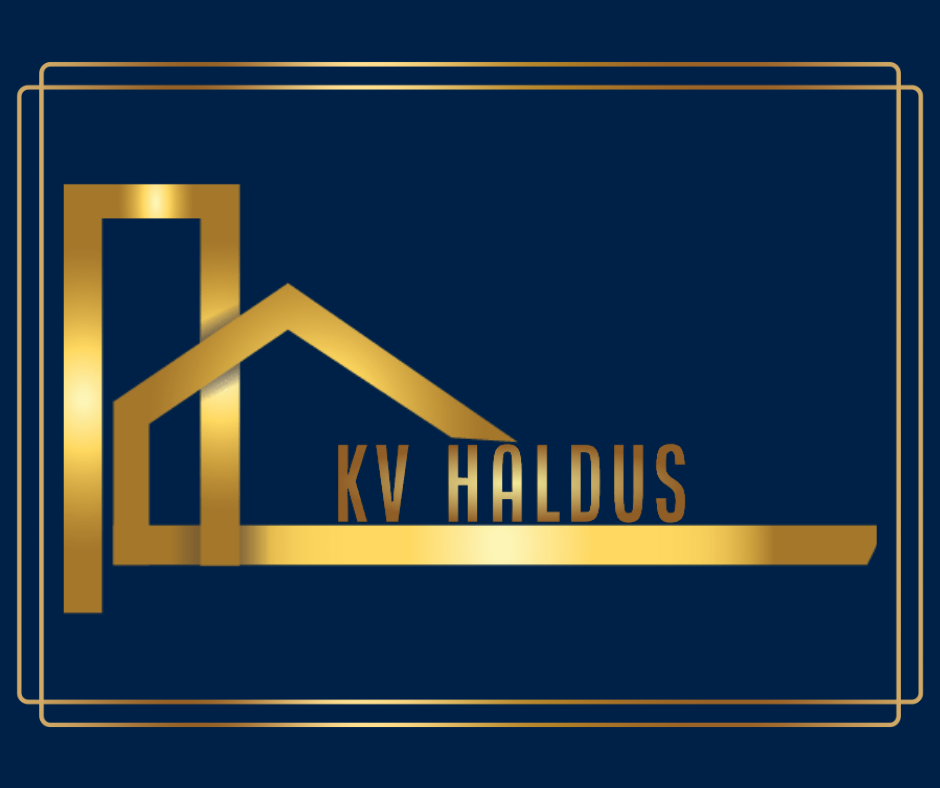Building Maintenance in Estonia – Owner’s Responsibilities
Building maintenance – what does it actually mean?
If you own a house, an apartment building unit, or any other structure, it is not just property you can possess – it also comes with certain legal obligations.
Building maintenance in Estonia does not only mean a coat of paint – it also involves maintaining technical systems, ensuring fire safety, and keeping the property compliant with laws and regulations.
And these obligations are not just on paper – they exist to ensure that buildings remain safe, energy-efficient, and comfortable to use throughout their entire life cycle.

Why is maintenance a legal obligation?
The Building Code (Ehitusseadustik, EhS) states that a building must remain safe and usable not only at the time of construction or when applying for a permit but throughout its entire lifespan. This means that every single day a house or apartment building stands, it must meet certain requirements:
Safety – the building must not endanger residents or passers-by. For example, icicles must not fall from the roof, staircases must be safe, and electrical systems must work properly.
Usability – the building must serve its purpose. If it is a dwelling, it must be possible to live in it; if it is an office, it must meet working conditions.
Compliance – all technical systems (electricity, ventilation, water supply, heating, etc.) must function as required by law.
This means an owner cannot say: “I built the house, got the permits, and it no longer concerns me.” Responsibility is continuous.
Owner’s liability throughout the building’s lifespan
If something happens – for example, a fire or an electrical fault – the owner is always responsible, even if they personally did nothing wrong. This is called strict liability. For example:
If smoke detectors in an apartment building do not work and people cannot evacuate in time during a fire, the liability lies with the owner or housing association.
If ventilation is not maintained and mold problems develop, this may lead to disputes with tenants or neighbors.
In other words – maintenance is not “recommended”; it is a legal duty.
Where is a certified specialist required?
Not everything can or may be done by yourself. Estonian law requires that many tasks be carried out only by a certified professional. For example:
Designing, installing, and maintaining fire safety systems.
Installing and checking fire alarms and smoke detectors.
Installing and maintaining ventilation systems.
Inspecting and maintaining electrical installations.
Inspecting and maintaining gas appliances.
Energy audits and consulting.
If work is carried out by someone without the proper qualification, you as the owner remain responsible. If, after an accident, it is revealed that the worker was not certified, the liability still falls on you.
How do I know if an electrician or boiler technician is qualified? Where can I check?
Two simple steps in Estonia:
Check the service provider in the Register of Economic Activities (MTR).
Companies providing electrical, gas, chimney sweeping, or similar services must be registered. Look up the company or individual and ensure the relevant activity is listed.Check the individual’s qualification certificate in the Occupational Qualifications Register.
Electricians’ qualification certificates (e.g., “electrician”, “electrical work supervisor”) can be found there. The Consumer Protection and Technical Regulatory Authority (TTJA) also confirms: electrical work may only be performed by properly trained persons, and companies must have a competent supervisor.
Tip: Ask the specialist for the certificate number or a link to the register entry. A reliable professional will show this without hesitation.
Three levels of construction
If you build or carry out major renovations, Estonian law distinguishes three levels:
Owner’s right – small buildings (up to 20 m² in area and up to 5 m in height) may be built without a permit. But they must still comply with requirements (e.g., garden sheds, garages, small storage units).
Building notice (Ehitusteatis) – submitted to the local government. If no response is given within 10 days, it is considered approved.
Building permit (Ehitusluba) – required for larger or more complex structures. Conditions are listed in Annex 1 of the Building Code.
Important: Even if you build a small shed without a permit, you are still responsible if it collapses and injures someone.
Special provisions and hierarchy of laws
Sometimes laws may seem to contradict each other – for example, the Building Code may say one thing, while the Fire Safety Act says another.
Here, the special law principle applies: the more specific law always overrides the general one.
If the Fire Safety Act requires an annual inspection of a fire protection system, then it must be done, even if the Building Code does not mention it.
For electrical or gas systems, their specific laws always take precedence over the Building Code.
Example: A regular apartment usually does not require an audit. But if it is used for commercial purposes, such as Airbnb short-term rentals, audit requirements may apply because the use has changed.
Everyday example: sidewalk maintenance
One of the simplest and clearest obligations concerns sidewalks. According to § 97 of the Building Code, in towns and boroughs, the property owner (not the municipality) is responsible for maintaining the sidewalk bordering their land. This includes:
Clearing snow and ice.
Preventing slipperiness.
Keeping the sidewalk in usable condition.
If someone slips and gets injured, they can demand compensation from you as the property owner – not from the city. Estonian court rulings have confirmed this.
How much do inspections cost and how often must they be done?
Smoke detector – mandatory in all homes in Estonia since 2009. Test regularly (e.g., monthly), replace batteries as per the manufacturer’s instructions, and replace the device every ~10 years. Homeowners maintain this themselves; no official inspection is required for private houses.
More info: kodutuleohutuks.ee/suitsuandurCarbon monoxide detector (CO detector) – mandatory if your home has a gas appliance connected to a chimney (e.g., gas boiler). Recommended also for solid fuel devices. Maintain as with smoke detectors.
More info: kodutuleohutuks.ee/vingugaasiandurChimney sweeping & heating systems:
Apartment buildings & terraced houses: at least once a year by a certified chimney sweep, who issues a report.
Detached houses: the owner must clean the heating system regularly; in addition, once every 5 years, a certified chimney sweep must perform an inspection and issue a report.
More info: kodutuleohutuks.ee/korstnapuhkimine
Fire safety inspection (TOÜ) – generally not required for private homes. It is mandatory for larger buildings, e.g., office buildings over 750 m², industrial and warehouse buildings over 1000 m², large garages, etc. The usual interval is every 3 years (up to 6 years in some cases).
More info: rescue.ee/et/juhend/tuleohutuseuelevaatuste-kkk
Costs: Prices depend on region and workload (chimney height, accessibility, extra cleaning). To know the price, request quotes from 2–3 local providers (certified chimney sweeps listed in MTR).
Documentation is your protection
Every maintenance activity, inspection, or repair must be documented in writing. Why? Because only documentation proves that you fulfilled your obligations.
Write down:
When the work was done.
What exactly was inspected or repaired.
Who did the work and what qualification they had.
Which standards or guidelines were followed.
If a dispute or accident arises later, documentation is your only proof that you acted responsibly as the owner.
Owner’s checklist
If you have not systematically managed your building’s maintenance yet, start with these steps:
Inventory – list all technical systems (electricity, heating, ventilation, water supply, fire safety).
Collect existing maintenance and inspection reports.
Check that service providers were certified specialists.
Create or update a maintenance plan.
Schedule regular audits/inspections (e.g., fire safety inspection if required).
Store all documents safely and systematically.
Building maintenance is not just about appearance or an owner’s personal choice. It is a legal obligation in Estonia that lasts as long as the building exists. If something happens and requirements have not been met, the owner will always be held responsible.
For the average homeowner, this means a simple truth: keep your property in good condition, use specialists where required, and document everything. This way you avoid fines, lawsuits, and most importantly – you ensure safety for yourself and others.
Additional resources for foreign owners
If you own property in Estonia and want to explore the legal background yourself, many laws are available in English on the Riigi Teataja (State Gazette) website. These English versions are unofficial translations, but they give a reliable overview of key regulations.
At the same time, it’s important to know that most official registers, inspections, and practical guidelines are only available in Estonian. For this reason, foreign owners and investors usually benefit from working with a local property manager or legal specialist, who can ensure compliance and smooth communication with authorities.
